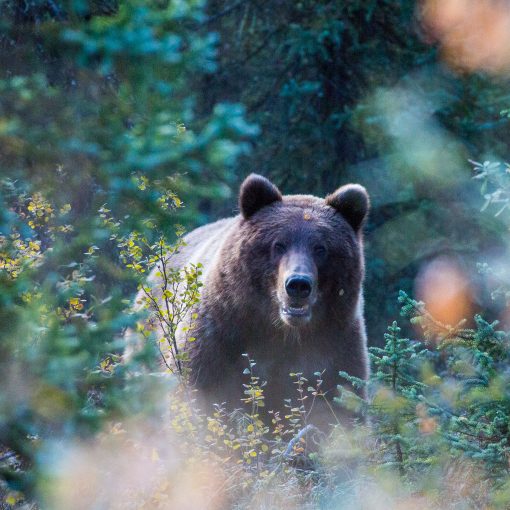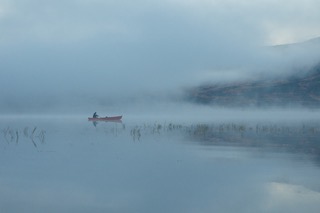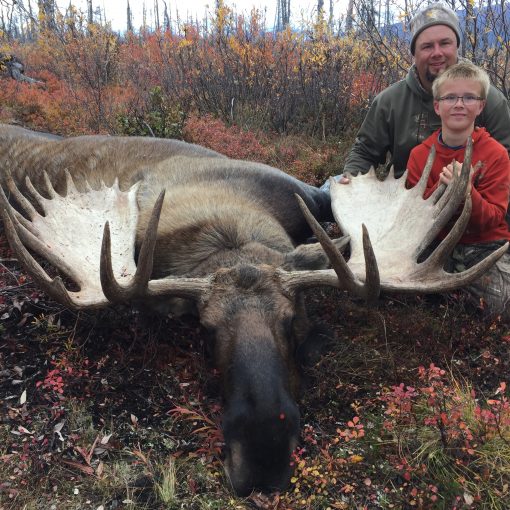Podcast: Play in new window | Download
Subscribe: Apple Podcasts | RSS
Overview
In this episode (Part 2 of Harvest Management) of Hunting Science, I continue my talk with Jim Sedinger and Dave Koons about harvest management with a focus on waterfowl harvest management. Jim Sedinger (ag.unr.edu/sedinger/Default.aspx) is a recently retired professor of Wildlife Ecology who spent his career studying the life history and ecology of vertebrates, mostly birds. Jim led the Black Brant research project on the Yukon Delta of Alaska, where we conduct the interview, 1984-2018. Dave Koons (davidkoons.webs.com ) is currently an Associate Professor and holds the James C. Kennedy Endowed Chair of Wetland and Waterfowl Conservation at Colorado State University. Both Jim and Dave are leading authorities on population dynamics and harvest management. We are conducting the interview in a Weatherport, a quonset hut structure with a synthetic cover that is flapping in the background on a very windy day.
Photo Caption: My son, Zane, with his first caribou when he was 11.
Show Notes
0:30 – I introduce Part 2 of this episode and we start a discussion of harvest management of Snow Geese. We begin this case study by talking about why we mark animals with things like legbands on birds and radio collars on mammals.
20:22 – Dave meant to say NW Canada not NE.
23:00 – We discuss examples of species that are great examples of successful harvest management.
31:35 – We consider the politics of harvest management and how that might be related to the uncertainty associated with harvest management.
40:15 – We finish this episode with a discussion of the future of harvest management.





